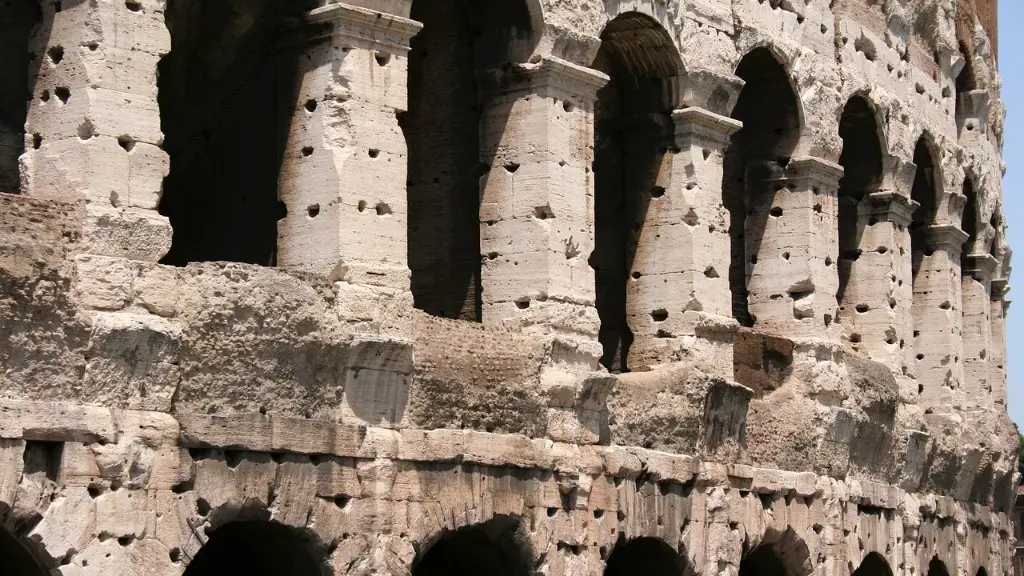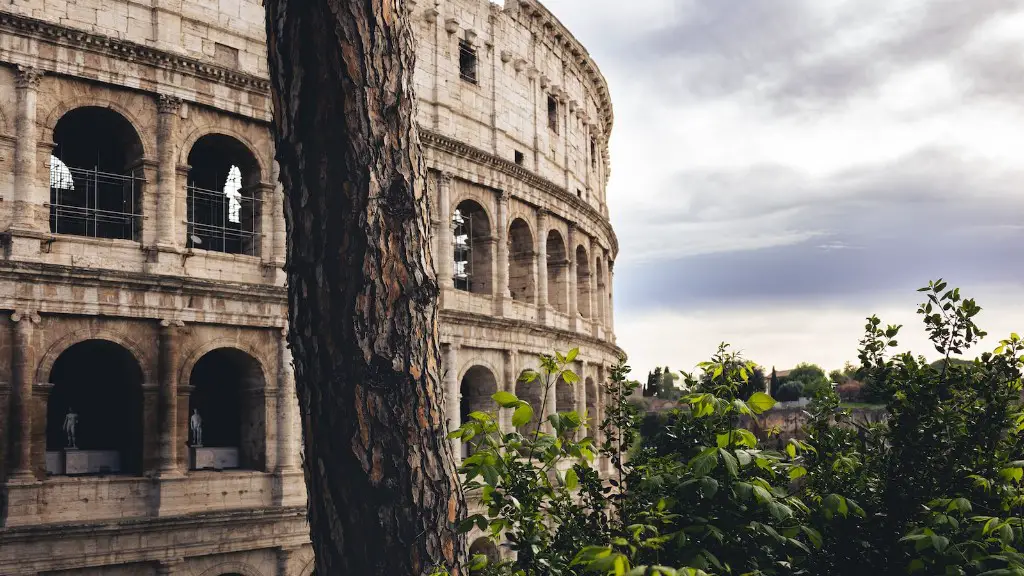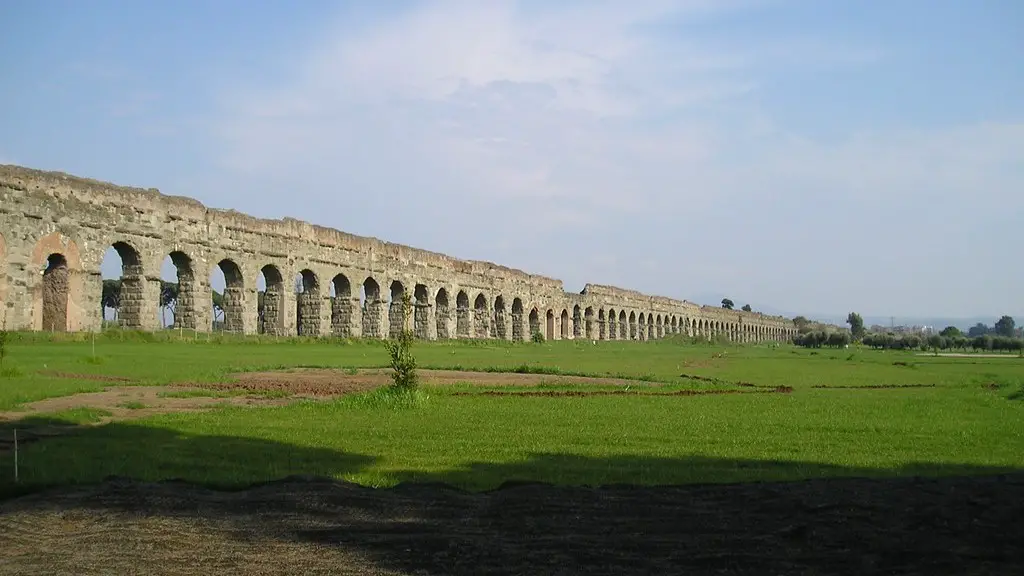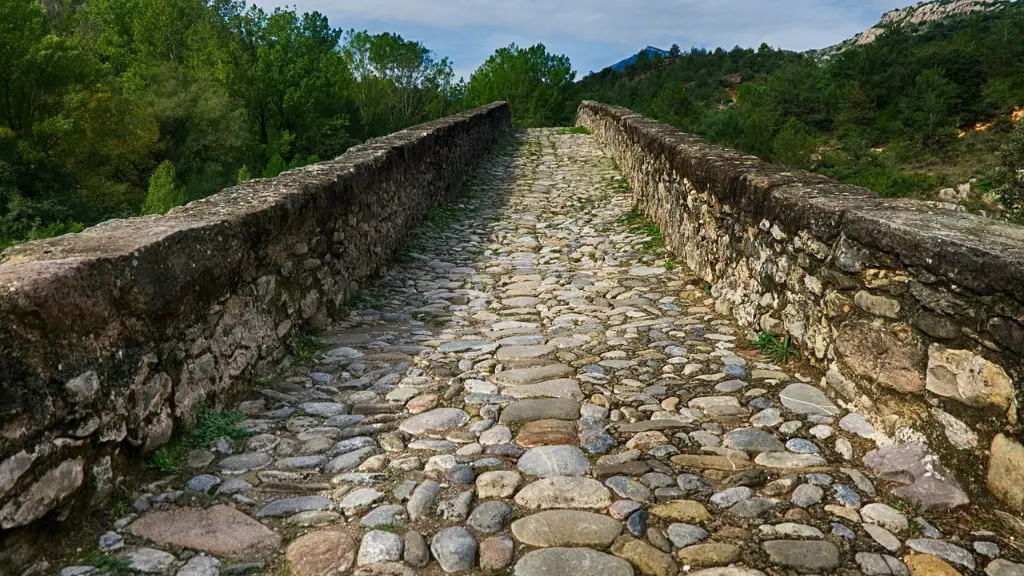Demography of Ancient Rome
Since Ancient Times, life expectancy rates and populations in the city of Rome have fluctuated greatly. Scholars are unsure about what the actual population of Rome was during the height of its power, with estimates ranging from 700,000 to 1.2 million citizens – however, one thing is certain: the average life expectancy in Ancient Rome was much lower than it is today.
Ancient Roman life expectancy could be described as ‘short, but not sweet’ – the average life expectancy for a male citizen of the Republic was around 23 years of age. For women, who enjoyed a higher level of social protection, life expectancy was around 25 years old. Children, particularly girls, were valued highly, and evidence indicates that they often made it to adulthood.
The sources of mortality were mainly related to typical illnesses and diseases, caused by lack of hygiene and inadequate nutrition. Moreover, infant mortality was very high; estimates suggest that around one third of all babies born might not reach the age of five.
Agriculture was the main source of sustenance in Rome, chiefly composed of legumes and grains, with occasional meat and fish. Although primitive in comparison to the diets available today, it was innovative for its time. However, the majority of the population did not have a balanced diet, leading to nutritional deficiencies and exacerbated health problems.
A 30-year-old in Ancient Rome was considered to be in the late stages of adulthood. In Imperial Rome, the life expectancy had increased to below 40 years, which would place an individual in their mid-thirties, at the time of death.
Despite the city’s poverty, Roman historiographer and philosopher Marcus Tullius Cicero maintained a life expectancy of 40 years. Considering that he enjoyed all the privileges of a notable Roman, Cicero’s longevity may be seen to reflect the lowered life expectancy.
Life Expectancy Amongst the Different Classes of Roman Society
Life expectancy in ancient Rome was heavily influenced by one’s status in society; this did not significantly change until the Roman Empire began to decline in the 4th century. On the whole, life expectancy in Ancient Rome was much higher for the upper class than for the lower.
Leaders, high-ranking military personnel, priests and other members of the upper strata of the Roman classes were known to have higher life expectancies. According to Pliny the Elder’s Natural History, many of these individuals reached up to 80 years old, despite the dramatic downturn in the median throughout Roman society.
Conversely, slaves, and working class Roman citizens, had life spans of only 20-25 years. Monetary earnings and lifestyle were direct contributors to life expectancy, with those having a higher income deemed more likely to survive into later life. In a similar vein, educated people and more experienced tradespeople had a greater chance of living a longer life than those in more lowly professions.
Roma’s high rate of infant mortality partially reflected the multitude of infant deaths occurring in the lower classes of society. Generally, babies born in the slums and tenements of Rome were likely to die within a few months of birth. This put a heavy burden on the mother, who already had to provide enough sustenance for the family with minimal resources in the first few years of the baby’s life.
Whether or not the system favourable to the upper classes unfairly discriminated against poorer citizens is debatable. However, the evidence suggests that Roman society was set up to benefit the upper class in almost every way, including life expectancy.
The Role of Religion in Roman Society
The practice of religion was a key factor in Ancient Roman life, with public and private observances being commonplace during ceremonies and festivals. Religious rituals served many Roman citizens as comfort and assurance in times of distress, especially in moments of death and sorrow.
Roman art and texts convey various understandings of afterlife and the gods. Mythology and religion, particularly cults such as Mithraism, which was popular during the second century, emphasised the hope of a better life for those who reach the afterlife.
In addition, certain rituals served to reinforce the concept of death as the ultimate truth shown by the philosopher Cicero in his ‘famous dream’. This understanding of death helped the population accept their fates upon death, regardless of whether they had achieved their life goals – an idea that may have diminished fears of death and inclined them to accept their mortality.
The idea of life cycles helped Roman society contemplate death, leading to a less fearful attitude to life expectancy. The values associated with death, could therefore, be seen to partially reconcile life expectancy in antiquity with greater spiritual awareness and ritual observance.
Gender Roles in Ancient Rome
The traditional Roman gender roles were fundamental in Ancient Rome and were heavily contended. Women in Ancient Rome were often seen as second-class citizens and had fewer rights and privileges than their male counterparts.
This patriarchal structure favoured male longevity, with gender norms dictating that men had more power and autonomy, allowing them higher levels of access to resources, such as healthcare that would have contributed to higher life expectancies.
Women in Ancient Rome were expected to produce heirs to a family line. These obligations often left females subject to early marriage and childbirth, which could have a devastating effect on health. Despite this, females in Ancient Rome usually had a higher life expectancy than males. This was primarily as a result of social edicts that reinforced their status as primary caregivers for young children, who usually had poorer life expectancies than adults. Thus, the average life expectancy of women could have been artificially raised by the lower mortality rate of infants in the population.
Medical Knowledge and Infrastructure During Antiquity
In Ancient Rome, medicine was at a high level of development, yet the gap between the wealthy and the poor largely drives the health-related differences in society. The wealthy citizens of Rome had access to specialised and expensive treatments and drugs that weren’t available to the poor, while the poor were often forced to rely on folk remedies.
Lucretius, a famous Roman philosopher and poet, is credited with being one of the first note-takers in Roman Medicine. He wrote extensively about Roman medical knowledge and practice during the fourth century BC and noted that there was a wide range of medical practices in Rome. It is estimated that there were about 400 physicians serving the city of Rome at this time, although the majority of these professionals only served wealthy clients.
Public infrastructure in Rome, such as sewers, public baths, and public fountains, were also instrumental in increasing the level of sanitation and health of the inhabitants. These also served to reduce the prevalence of famine and related diseases within Roman society, thus potentially contributing to an increased life expectancy for all citizens.
As medical treatments and public infrastructure advanced, life expectancy levels in Ancient Rome began to rise. However, the increase of life expectancy was still limited by the general state of poverty, the infrastructural limitations, and the two-tiered social system of Ancient Rome, which affected those in the lower classes the most.
Modern Comparison of Life Expectancy
In modern societies, life expectancy has drastically improved since the times of Ancient Rome. Unlike the two-tiered system of Ancient Rome, whereby higher classes had greater access to better healthcare and nutrition, in today’s world all people are treated equally when it comes to health.
It is estimated that the average life expectancy in the United States today is 78.6 years. This is 20 years more than what Ancient Romans experienced, largely due to improvements in medical technology and advancements in public infrastructure. Furthermore, advances in nutrition, as well as increased understanding of health and lifestyle, have also led to a drastic improvement in modern life expectancy.
The dramatic increase in life expectancy that has occurred in the past several hundred years is deeply intertwined with the development of healthcare, nutrition and public infrastructures. This dramatic turnaround is even more evident when compared to the lower levels of life expectancy present in Ancient Rome.
Conclusion
In conclusion, the evidence suggests that life expectancy in Ancient Rome was markedly lower than in modern societies. This was due to a wide range of factors, such as lack of nutrition, inadequate healthcare and the two-tiered class system, which meant that wealthier Roman citizens typically had much higher life expectancies than the lower class.
Despite the lower life expectancy in Ancient Rome, the people of that era were able to form a deep familiarity with death through their spiritual observance and beliefs. This comforted them in the face of increasing mortality rates, and helped them to accept their life expectancy as an inevitability.





